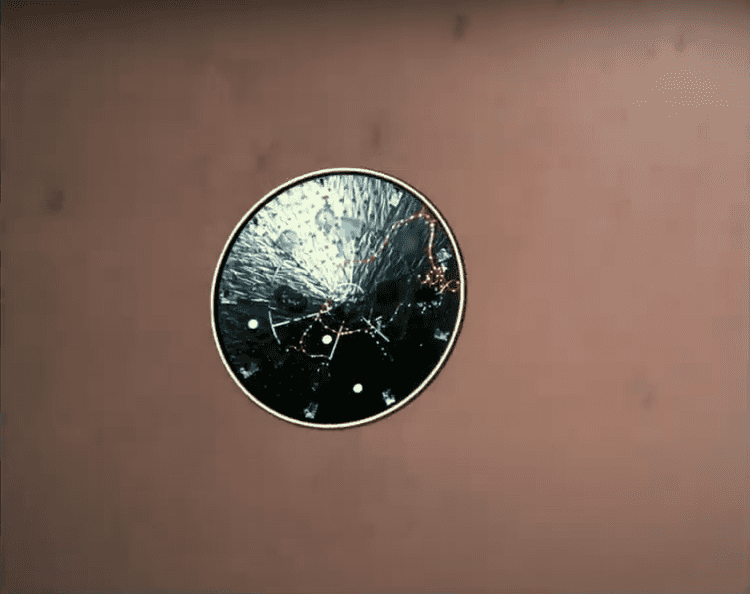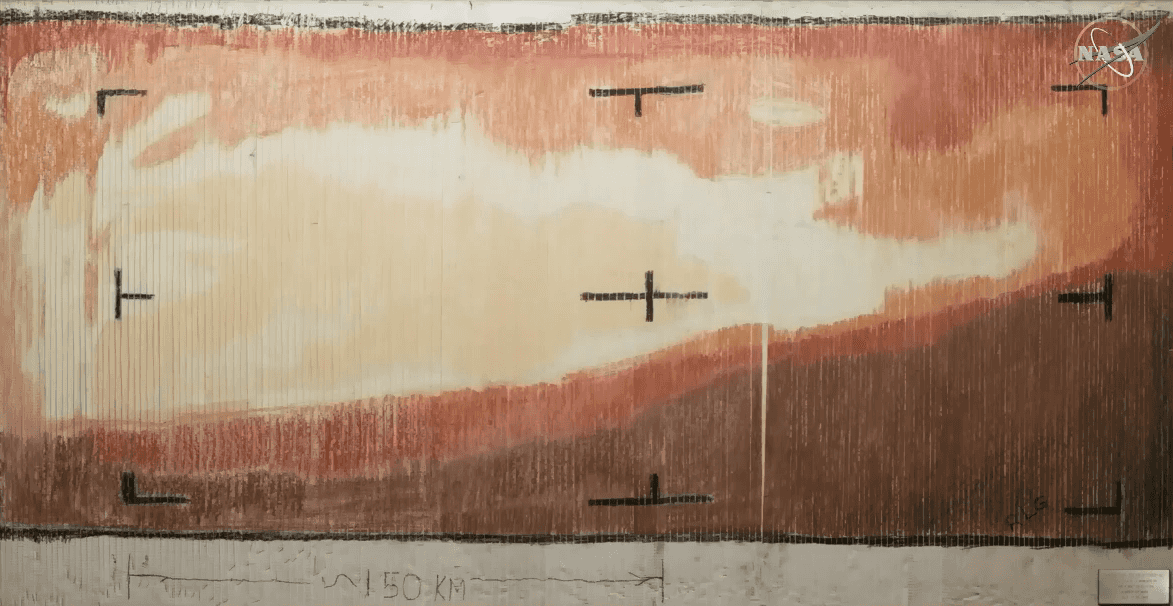NASA revealed new first-of-its-kind video and images on Monday, which were captured by the Mars Perseverance Rover as it touched down on the Red Planet on February 18.
“Days ago, NASA’s most sophisticated and capable rover to date landed on Mars, the Perseverance Rover,” said Raquel Villanueva from JPL Digital News and Media Office. “Today, we’ll see Mars like never before.”
In the never-before-seen video, viewers can see the rover’s parachute deploy as it descends to the surface of Mars. The video then shows the rover’s heat shield being separated from the bottom of the rover, revealing the first look at Mars at roughly 9.5 kilometers above the surface.
The footage also shows the rover kicking up dust as it lands, a moment that sparked cheers and applause from NASA to the sound of an official saying, “Touch down confirmed. Perseverance safely on the surface of Mars.”
Broadcasting from NASA’s Jet Propulsion Laboratory (JPL) in Southern California, several JPL officials took part in the “Surface Update And What It’s Like To Land On Mars,” briefing to release the footage.

Multiple entry descent and landing (EDL) cameras captured the pioneering footage that included over 30 gigabytes of information and more than 23,000 images of the rover descending on Mars.

According to Dave Gruel, Perseverance EDL camera lead with JPL, the team had two rules when they decided to try capturing the EDL on camera: first, “the EDL must do no harm to the flight vehicle,” and second, “we get what we get and we don’t get upset.”
Three EDL cameras were placed on the top of the rover, known as the backshell. Unfortunately, one of the cameras failed to operate after the parachute was deployed. The malfunction was still expected, Gruel said, due to the “high dynamic environment.” Both of the other cameras continued to operate properly, successfully capturing video and images.

There was also one camera on the bottom of the descent stage to look down on the rover as it was lowered onto the surface of Mars. The rover itself had one camera on top looking up at the descent stage and one on the bottom looking down at the Red Planet’s surface. The team also put a microphone on the port side of the rover, but no audio was captured during EDL.
“We have been working very hard since we landed. The surface team has been getting the rover set up for the surface mission. They’ve been working Mars time over the weekend, making fantastic progress,” said JPL Director Mike Watkins. “This is the first time we’ve been able to capture an event like the landing of a spacecraft on Mars.”
To show how far NASA has come, Watkins displayed the first color image of Mars from Mariner 4 in 1965. The image was hand-colored by engineers according to a code “like a paint by numbers,” Watkins said.




